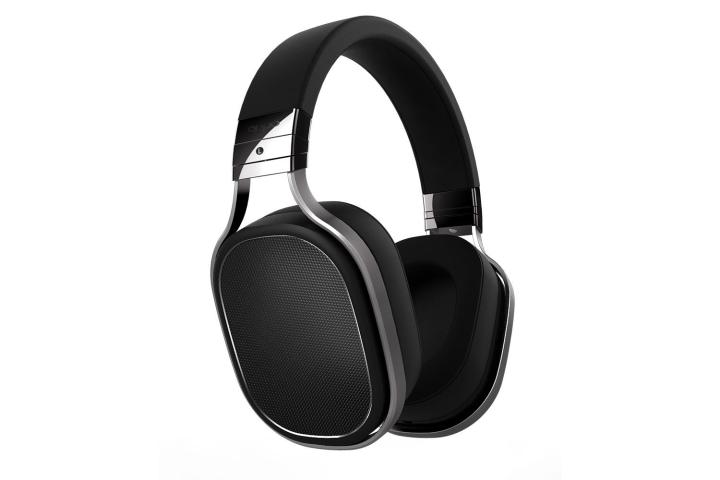
The electronics gurus at Oppo just jumped headlong into the hi-fi headphone race, unveiling a mouth-watering duo of planar magnetic cans, the PM-1 and the PM-2, both of which look ready to smash their way into the exclusive club of premium headphones at the top rung of the consumer ladder.
Oppo’s billing its new creations as a distinct progression in the strange and delicate world of planar magnetics that was years in the making. To craft its new design, Oppo employed a team of “passionate audio and acoustics engineers, chemical and material scientists, and audiophiles.”
For those unfamiliar with the planar magnetic headphone legacy, they are revered in the headphone world for conveying some of the most dynamic, transparent, and stunningly accurate audio reproduction in the genre. The technology trades traditional dynamic transducers for a thin membrane, layered with a conductor circuit, and placed within a magnetic field. The thin transducer interacts with the field when fed an audio signal, creating a vividly precise reproduction of the source material.
The Audeze LCD-3 are generally accepted as the go-to model in the category, and a pair of those kingly cans will run you around two grand.
Oppo’s achingly elegant PM-1 are the top dogs in its burgeoning new family, and will run users a slightly more reasonable MSRP of $1,100. Along with their sleek and succinct exterior, the PM-1 boast some impressive internal components, including a 7-layer diaphragm for the transducers, paired with an “FEM-optimized high-energy Neodymium magnet system.” If you want to understand that last feature better, you may need a physics degree.
To achieve exemplary performance, Oppo uses a “spiraling pattern of flat conductors etched on both sides” of its new transducers, allowing for “twice as many conductors” inside the magnetic field. Oppo claims the design translates into higher sensitivity, minimal distortion, and premium clarity and balance. The company also claims the PM-1’s higher sensitivity is the key that enables them to work efficiently with portable devices, instead of requiring a high-quality headphone amplifier to drive the system as is the norm.
Specs for the new PM-1 include a ludicrous claimed frequency response of a 10Hz-50kHz, a 32 Ohm impedance rating, and a 2 watt pulse max power input contained in an over-ear, open back frame.
As for construction, the PM-1 are crafted with premium materials, including high grade machined metal components that require “many hours of machining time” as well as “hand-picked lambskin” along the ear pads and headband. The headphones will ship in a wooden box, with a carrying case, detachable cables terminated with 1/4-inch and 3.5mm jacks, and an alternative set of velour ear pads.
To make its new creation more accessible, Oppo has placed the same driver technology into a slightly lower grade model for the PM-2, which will run a more achievable $700 when they ship. The PM-2 will use lower grade metallic components, and swap out the lambskin coating along the pads for synthetic leather.
To supplement its new lineup, Oppo will also soon release a dedicated headphone amplifier, the HA-1. If you’re already a part of the Oppo faithful, the company also highly recommends the headphone output of its popular Oppo BDP-105/105D Blu-ray player as an excellent companion piece to the new headphones (we’ll vouch for that!).
The PM-1 is slated for release in mid-April, while the PM-2 will come out sometime this summer. We don’t mind telling you, we’re fairly jacked to get our hands on a pair of Oppo’s new babies, and we plan on doing so as soon as possible, so stay tuned for our hands on impression.
Editors' Recommendations
- Monoprice’s Monolith headphones based on exotic AMT tech cost just $1,000
- Bose’s new noise-canceling headphones make it easier for Alexa to hear you


